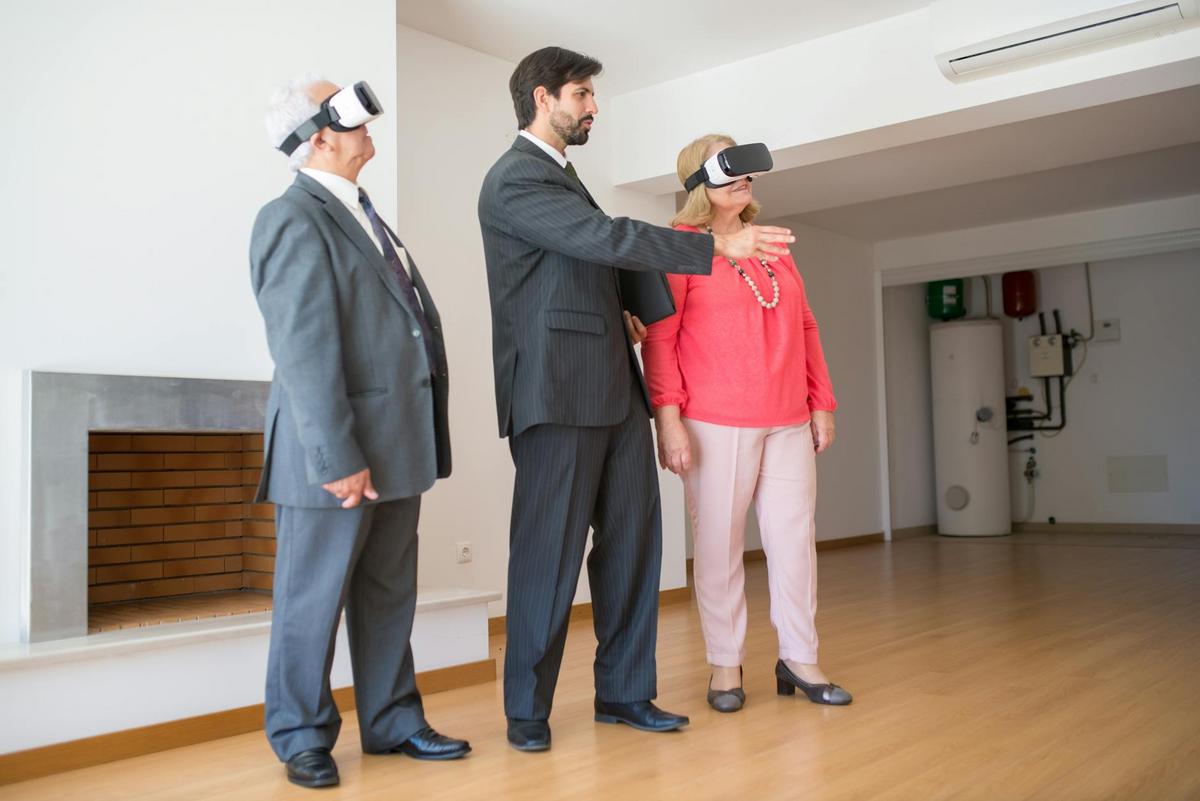Virtual reality (VR) is revolutionizing the real estate industry, transforming how properties are showcased and experienced. This technology is not only enhancing the viewing process but also providing innovative solutions for buyers and sellers alike.
The Impact of Virtual Reality on Real Estate
Virtual reality has emerged as a powerful tool in the real estate sector, offering immersive experiences that were previously unimaginable. According to a report by Goldman Sachs, VR is projected to generate $2.6 billion in the real estate market by 2025, demonstrating its growing significance.
Expert Insights
Industry experts emphasize the transformative power of VR in real estate. A real estate technology consultant noted, “Virtual reality is not just a fad—it’s a game-changer for how we view and interact with properties.” This sentiment is echoed by various professionals who see VR as a key differentiator in a competitive market.
Enhancing the Buyer Experience
For potential buyers, VR tours offer a realistic sense of space and design without the need to travel. This can be particularly beneficial for those relocating from different areas. A homebuyer shared, “Using VR tours allowed me to explore multiple properties remotely, saving time and helping me make an informed decision faster.”
Key Benefits of VR in Real Estate
- Cost-Effective: Reduces the need for frequent physical visits.
- Time-Saving: Allows potential buyers to tour multiple properties in a short amount of time.
- Global Reach: Enables international buyers to view properties remotely.
- Detailed Visualization: Provides detailed, immersive views of properties.
Actionable Tips for Implementing VR
For real estate agents looking to incorporate VR, investing in quality VR equipment and software is crucial. Consider partnering with VR development companies to create high-quality, interactive property tours.
Challenges to Consider
While VR offers numerous benefits, it also presents challenges such as the high cost of technology and the need for technical expertise. Overcoming these barriers requires strategic planning and investment in training for real estate professionals.
Comparison Table: Traditional Tours vs. VR Tours
| Aspect | Traditional Tours | VR Tours |
|---|---|---|
| Accessibility | Limited to location | Global access |
| Cost | Travel expenses | Initial tech investment |
| Time Efficiency | Time-consuming | Quick exploration |
| Interactivity | Physical presence | Immersive experience |
| Engagement | Personal interaction | Virtual interaction |
| Environmental Impact | High carbon footprint | Reduced carbon footprint |
| Flexibility | Fixed times | On-demand access |
| Detail | Limited | Comprehensive |
Frequently Asked Questions
How does virtual reality benefit real estate agents?
VR allows agents to showcase properties to a wider audience, saving time and resources while providing an engaging experience for potential buyers.
Are VR tours cost-effective for small real estate firms?
While initial costs can be high, the long-term savings in travel and increased reach can make VR tours a cost-effective solution.
Conclusion
Incorporating virtual reality into real estate tours offers a multitude of benefits, from enhanced buyer experiences to global accessibility. As technology continues to evolve, embracing VR can provide a competitive edge in the ever-changing real estate landscape. Agents and firms should consider integrating VR to remain relevant and meet the growing expectations of tech-savvy consumers.




Leave a Reply